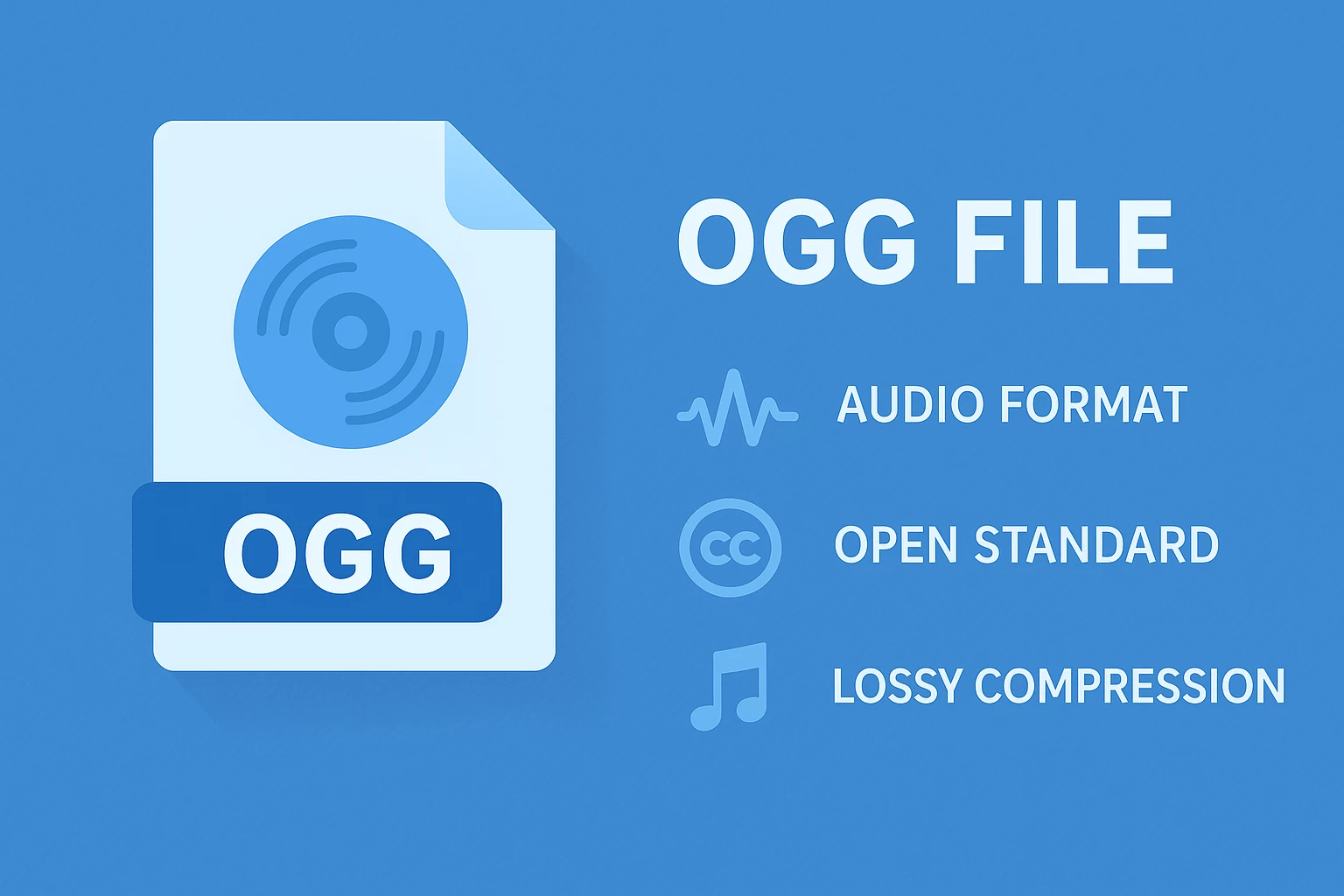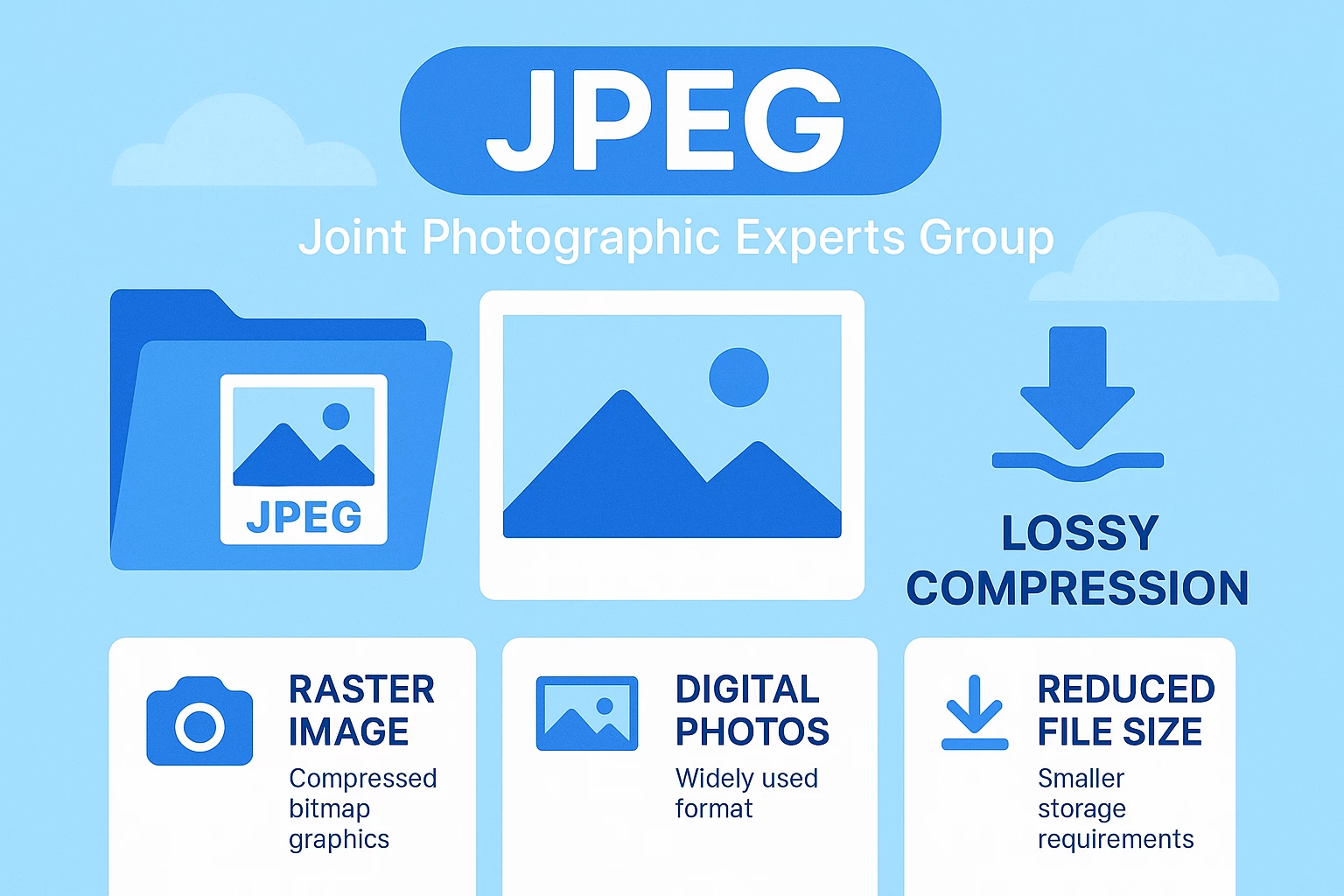
What Is JPEG? The Most Popular Image Format Explained
JPEG has been around for decades, yet it remains one of the most widely used image formats globally; almost every photo I take, edit, or share ends up as a JPEG at some point.
Not to mention that its balance between quality and small file size makes it ideal for everyday use, whether I’m uploading images to a website, sending them by email, or storing them in the cloud.
What makes JPEG stand out is how efficiently it compresses images while keeping them clear enough for most purposes. It handles color and detail well, loads quickly online, and is supported by every device and platform I’ve ever used.
Anyway, like any format, it has limits that matter once you start editing or optimizing images for professional work.
In my article, I’ll explain how JPEG works, where it performs best, and when to switch to another format. Stick with me to learn how to get the most out of JPEG files while keeping quality, speed, and performance in perfect balance.

How JPEG Works#
Understanding how JPEG works helps me see why it became such a dominant image format. Unlike PNG, which keeps every pixel intact, JPEG uses lossy compression. It removes details that the human eye is less likely to notice, reducing file size while keeping the image clear and usable.
When I save a file as JPEG, the image is divided into small 8×8 pixel blocks. Each block is analyzed for color and brightness values. The format then simplifies areas with subtle variations in color or texture to make the file smaller.
JPEG also uses a method called the discrete cosine transform (DCT). It converts pixel information into frequency patterns of light and color, keeping only what contributes most to how the image appears. The rest is discarded to save space.

Compression level plays a major role in the final result. A higher level means smaller files but more visible distortion. Lower compression preserves more detail but increases file size. I usually test different levels until I find the right balance between clarity and performance.
JPEG remains one of the most efficient formats for storing and sharing images. It handles complex visuals well, keeps photographs realistic, and performs reliably across all platforms and devices.
JPEG vs. Other Image Formats#
Each image format is designed with a specific purpose in mind. Some focus on flawless quality, while others prioritize compression or compatibility. JPEG stands somewhere in the middle, which is why I rely on it so often.
Moreover, it combines small file sizes with acceptable quality, making it one of the most practical formats for both online and offline use.
JPEG vs. PNG
JPEG is best suited for photographs, illustrations, and images with smooth color transitions. It compresses visual data efficiently, keeping files small without making them look noticeably different from the original.

PNG, on the other hand, focuses on precision and transparency. It uses lossless compression and supports full and partial transparency, which makes it perfect for logos, icons, and UI elements. In my projects, I usually export photos as JPEGs and transparent design assets as PNGs.
JPEG vs. GIF#
GIF supports animation but has limited color depth. It can only display up to 256 colors, which makes it unsuitable for realistic photos or complex visuals. JPEG supports millions of colors and handles shading, gradients, and fine details much better.
So, when I need motion, I choose GIF, but for still images or professional visuals, JPEG produces much cleaner results.
JPEG vs. WebP#
WebP is a more modern alternative that compresses images more efficiently than JPEG. It can maintain the same level of quality at a smaller file size and even supports transparency. I use WebP for web content when I want faster loading times.
However, WebP is not always supported across older tools or platforms, so JPEG remains my default choice for wide compatibility.
JPEG vs. TIFF#
TIFF is the format I turn to when I need top-tier quality for professional printing or editing. It stores every bit of image data and uses minimal or no compression. JPEG sacrifices some of that data to make files smaller and easier to share.
For general use, JPEG is more practical, while TIFF is reserved for high-end production and archival work.
Ultimately, JPEG remains the most accessible and reliable format overall. It strikes a balance that fits most creative and technical needs, from photography to web publishing. While newer formats offer more features, JPEG’s universal compatibility and proven performance keep it relevant even today.
The Advantages of JPEG#
JPEG has always been one of my go-to formats for efficiently handling images. It strikes a balance between quality, size, and speed, fitting smoothly into nearly every workflow. When I need to send a group of photos, upload visuals to a website, or prepare designs for clients, JPEG gives me the flexibility and consistency I need.
One of the biggest advantages of JPEG is its efficient compression. The format keeps images looking sharp while significantly reducing file size. By removing data the human eye barely notices, JPEG makes storage and sharing easier. I can keep thousands of photos organized without filling up space, and web pages load faster because JPEG files are lightweight.
Another strength is universal compatibility. Every device, browser, and design tool supports JPEG, so I never face display or conversion problems. I can send a file to anyone, and it always opens exactly as intended.
JPEG also stands out for smooth color rendering. It handles gradients, shadows, and lighting naturally, which gives photographs a clean, realistic appearance. I use it regularly for travel images, portraits, and product photography because it captures fine detail without producing heavy files.
The format also offers adjustable compression levels, allowing me to choose between higher quality and smaller file sizes depending on the purpose. For printing, I keep quality high; for web use, I lower it slightly to improve speed.
For me, JPEG remains one of the most dependable image formats. Its efficiency, compatibility, and adaptability make it an everyday essential for professional design, photography, and web projects.
The Limitations of JPEG#
Even though I often use JPEG, I know it is not suitable for every task. The format is designed for efficiency, but the way it compresses data can affect image integrity. Understanding its limits helps me choose the right format for each project.
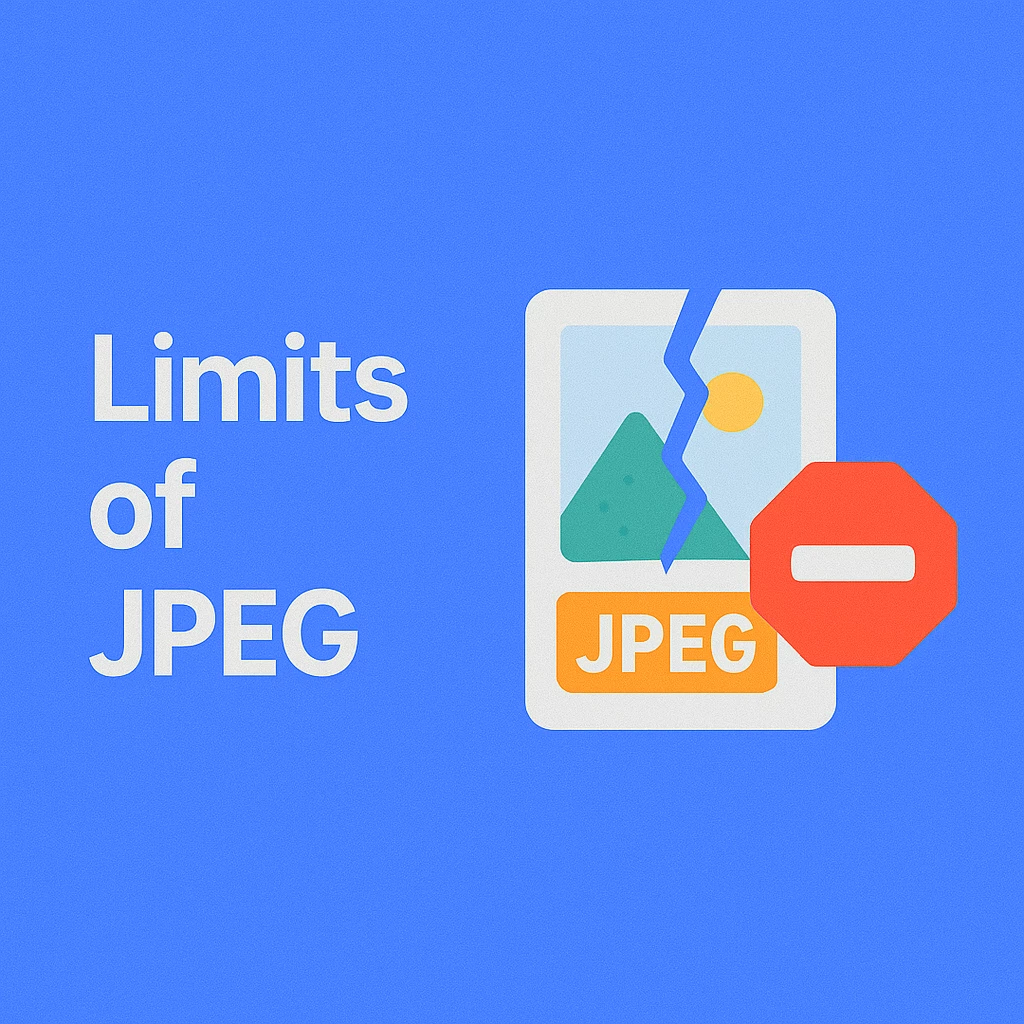
The main limitation is lossy compression. Each time a JPEG file is saved, a portion of image data is permanently removed. Repeated saves reduce quality and cause visible issues such as blurriness, pixelation, or uneven gradients. To avoid degradation, I keep an original version in PNG or TIFF format and edit from there.
Another drawback is the lack of transparency support. JPEG cannot store transparent backgrounds, so it is not ideal for logos, icons, or graphics that need to blend with other visuals. For designs requiring clean, adaptable edges, PNG remains a better choice.
In addition, JPEG performs poorly with text or fine details. Compression can blur edges and introduce unwanted artifacts, especially at higher compression levels. I avoid using it for screenshots, interface elements, or illustrations that rely on sharp precision.
Naturally, repeated editing and saving reduce image fidelity faster than in lossless formats. I usually work in PNG or TIFF during editing and export to JPEG only once the final version is ready.
Finally, JPEG is not the best option for archiving or printing. It removes too much data to guarantee color accuracy or long-term preservation. When I need full detail and reliability, I switch to RAW or TIFF formats instead.
Even with its weaknesses, JPEG remains useful for online publishing and everyday visuals. It is light, fast, and convenient, as long as I stay aware of its limitations.
When to Use JPEG#
When I know how to use JPEG, it helps me get the best mix of quality, speed, and storage efficiency. The format shines in many everyday situations but loses effectiveness when precision or transparency becomes important. Over time, I’ve learned where JPEG performs best and where it falls short.
Ideal Use Cases#
JPEG works best for photographs and detailed visuals. It captures smooth color transitions, natural lighting, and realistic tones without producing large files.
Similarly, I use it for travel photos, product images, blog illustrations, and any project that involves full-color photography.
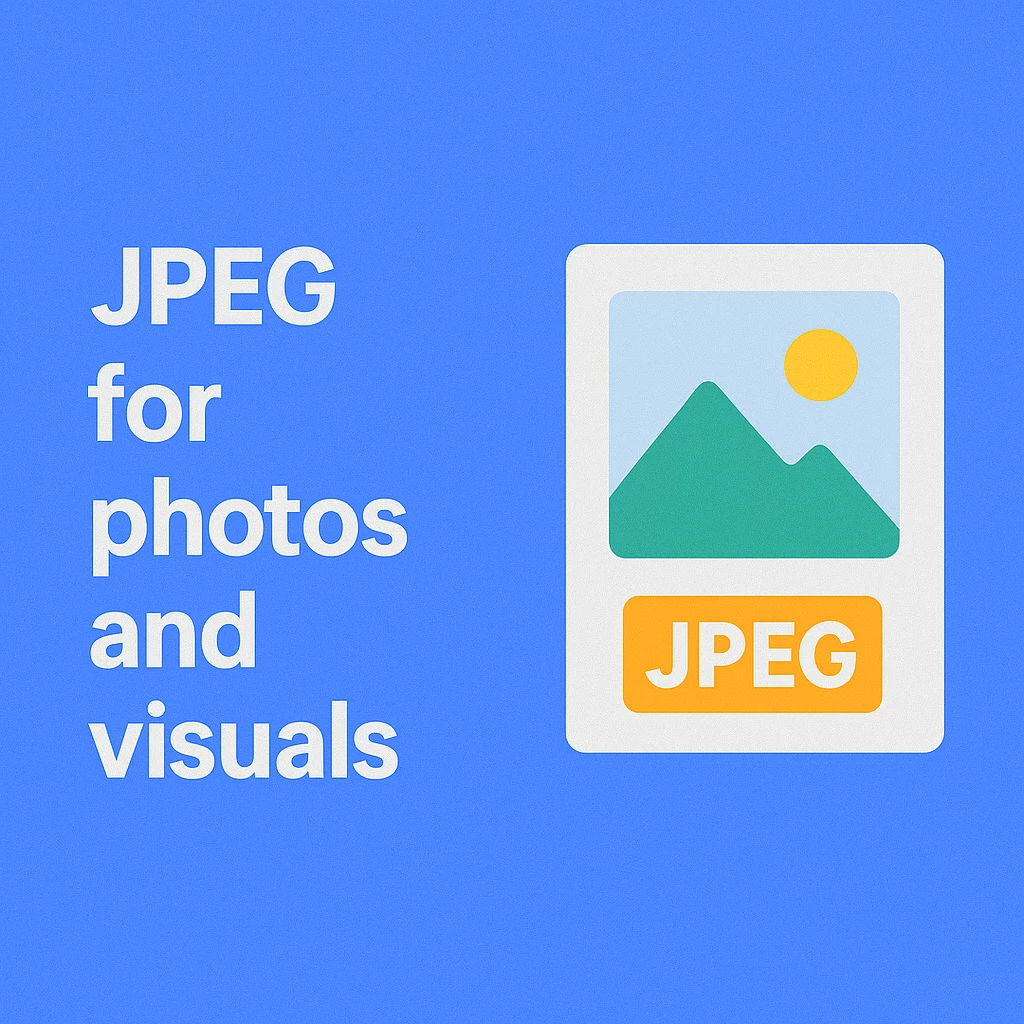
The format is also perfect for web content and social media. JPEG loads quickly and maintains good visual clarity, which helps pages perform better. When uploading galleries or sharing photos online, I prefer JPEG because it keeps everything sharp while saving bandwidth.
I often choose JPEG for client previews and marketing materials, too. It is easy to send, open, and review across all devices. Whether the goal is email attachments, online ads, or digital portfolios, JPEG always works smoothly without compatibility issues.
When to Avoid JPEG#
JPEG is less effective for visuals that require transparency, crisp edges, or frequent editing. It cannot handle transparent backgrounds, which limits its use for logos, icons, and layered compositions. For that kind of work, I switch to PNG or SVG.
I also avoid JPEG for images that need repeated revisions. Each save reduces quality slightly, introducing visible artifacts over time. In long design workflows, I prefer editing in lossless formats and converting to JPEG only when exporting the final version.
Lastly, JPEG is not ideal for archiving or professional printing. The compression process removes too much data for color-critical projects. In those cases, I rely on RAW or TIFF for full fidelity.
In general, I use JPEG for vibrant, detailed images that need to stay small and accessible, but I avoid it when working with transparency, text, or projects requiring pixel-perfect accuracy.
How to Optimize JPEG for the Web#
Optimizing JPEG images is essential for keeping websites fast and responsive. A few simple steps can reduce file size without sacrificing visual quality. I always optimize my JPEGs before publishing to make sure pages load quickly and maintain a clean, professional look.
I usually begin by resizing images to match the exact display size on the website. Uploading large photos and letting the browser scale them down wastes bandwidth. Proper dimensions improve both speed and consistency.
Once the sizing is right, with the help of MConverter, I compress images efficiently. With our tool, I can upload multiple JPEG files, choose the compression level, and download optimized versions in seconds.
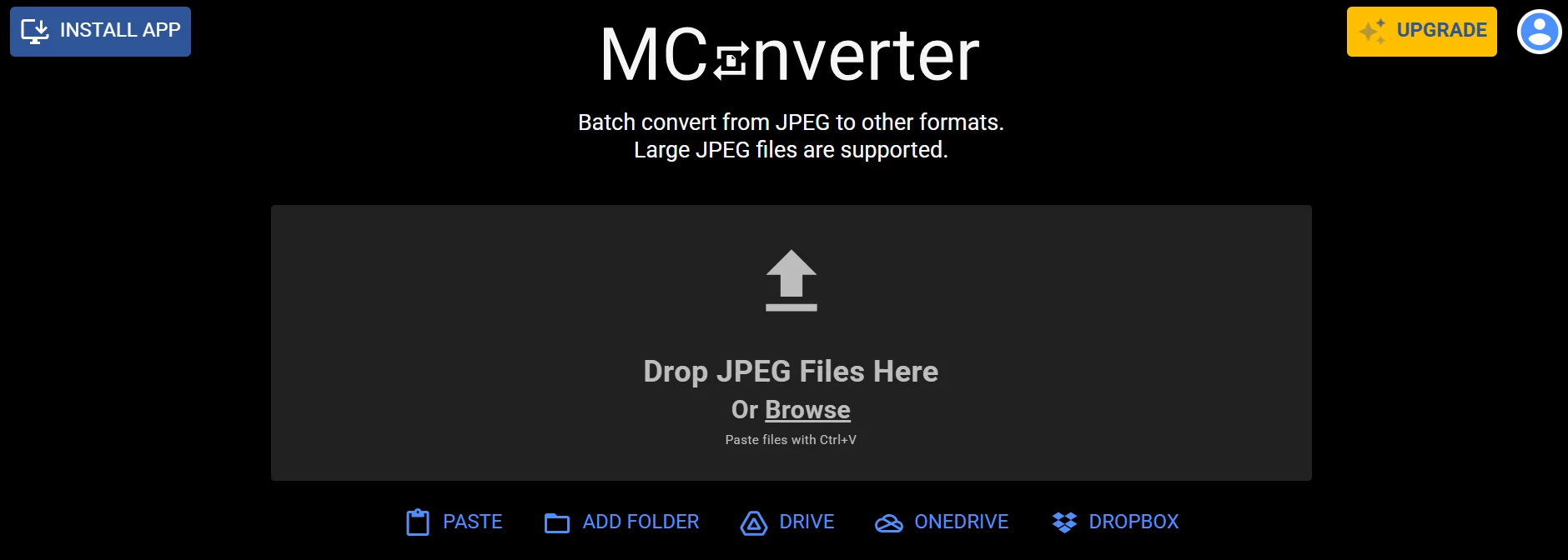
The conversion keeps colors accurate and details sharp while cutting unnecessary data. It also supports secure processing and automatic file deletion after a few hours, which keeps projects safe and private.
Similarly, I reduce image quality settings slightly when exporting from design software. Lowering quality from 100% to around 80–85% often cuts the file size in half while keeping the image clear to the eye.
Lastly, I check performance after optimization using tools such as PageSpeed Insights or GTmetrix. Lighter images always make a noticeable difference in loading time and SEO performance.
Through proper resizing, compression, and careful adjustment, I keep web visuals fast, clean, and easy to navigate while preserving the clarity and detail that define JPEG quality.
What Does JPEG Stand For?#
JPEG stands for Joint Photographic Experts Group, the name of the committee that created the format. The team developed it to make photo storage and sharing easier by compressing large image files into smaller, more manageable sizes without losing too much visual quality.
Can I Edit JPEG Images Multiple Times Without Losing Quality?#
Not really. Each time a JPEG file is saved after editing, the compression process removes a bit of data, which slowly reduces image quality. To avoid degradation, I keep an original version in PNG or TIFF format and export to JPEG only after finishing all edits.
Does JPEG Support Transparency or Animation?#
No. JPEG does not support transparent backgrounds or animation. It is designed for static images only. For transparency, I use PNG or WebP, and for animation, I switch to GIF or WebP depending on the project.
Are There Copyright or Licensing Restrictions for Using JPEG?#
No. JPEG is an open and royalty-free format, which means anyone can use it without paying fees or obtaining permission. The format was developed as a public standard, so it is completely safe to use for both personal and commercial projects.
The Bottom Line#
JPEG remains one of the most practical and widely supported image formats in the world. It delivers a reliable balance between quality, speed, and file size. I use it daily for photography, web publishing, and quick file sharing because it works everywhere and loads fast without requiring a large storage space.
Even though newer formats such as WebP or AVIF offer better compression, JPEG continues to stand out for its universal compatibility and simplicity. It is easy to edit, share, and display across any device or platform.
For me, JPEG is the format I turn to when I need results that look good, open instantly, and keep file management simple. It may not be perfect, but it remains a trusted standard that continues to power most of the visuals we see online today.
About the author
Mihael joined MConverter as a co-founder in 2023, bringing a vision to transform a tech tool into a product company built around meaningful user experience. With roots in B2B sales, product development, and marketing, he thrives on connecting the dots between business strategy and customer needs. At MConverter, he shapes the bigger picture - building the brand, inspiring teams, and pushing innovation forward with a can-do mindset. For Mihael, it’s not just about file conversions, but about creating experiences that deliver real impact.
Check out more articles
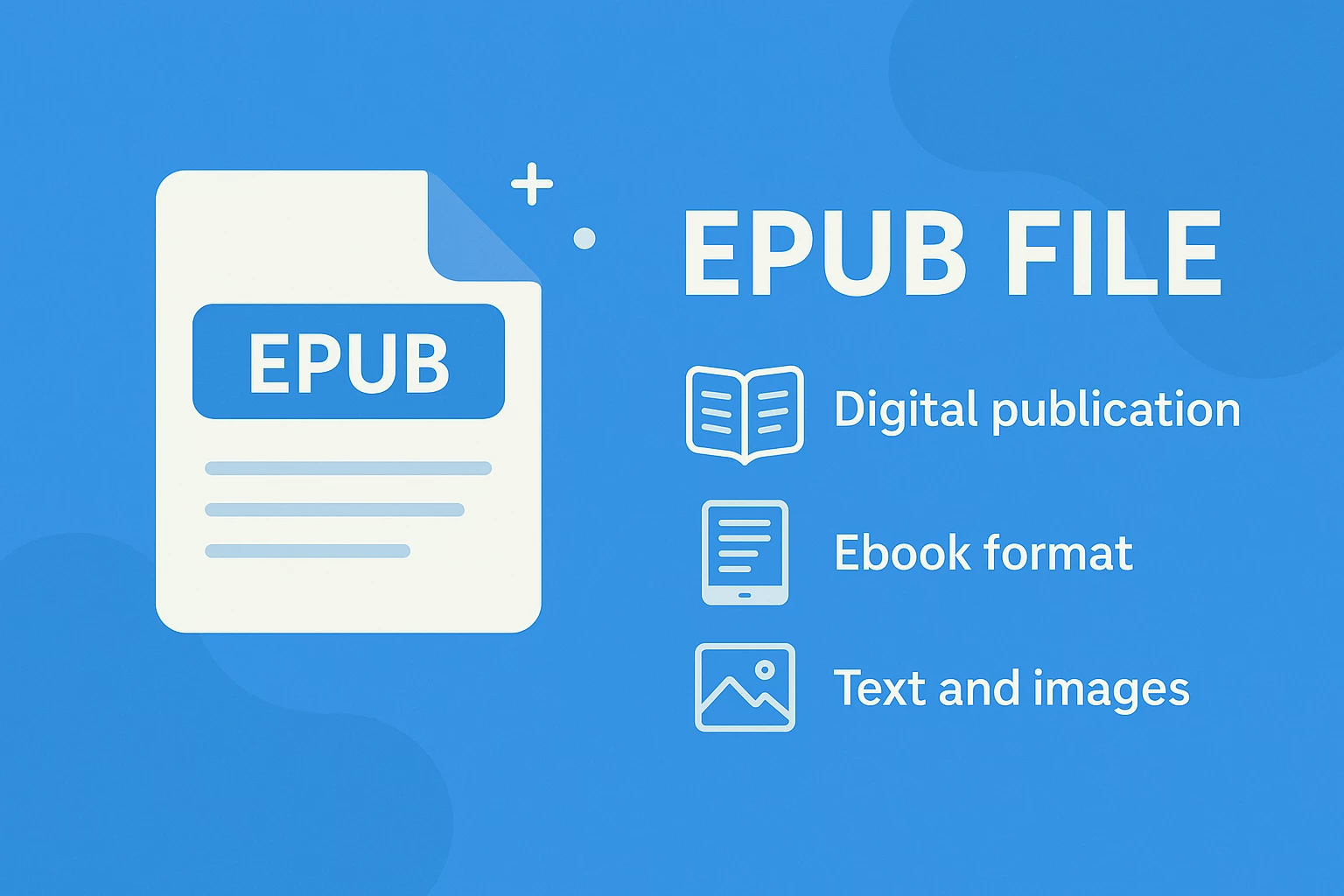
EPUB Files - What They Are & How to Open Them

What Is an ISO File? The Ultimate Guide for 2025
